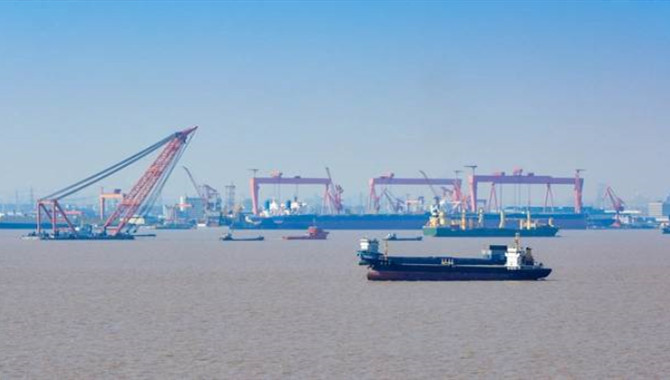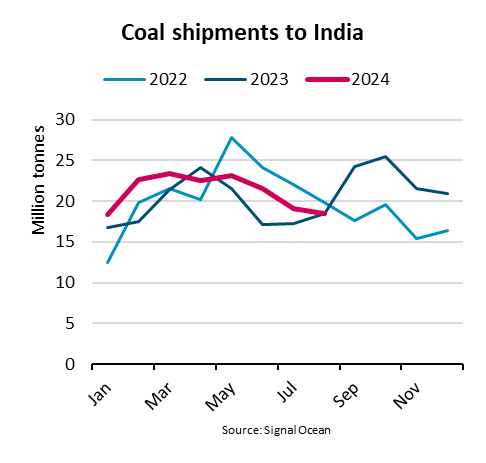
China's new low-sulphur fuel oil (LSFO) futures contract made strong gains in its debut trade on Monday, rising as much as 16.7 per cent on the Shanghai International Energy Exchange (INE).
The front-month January contract, with a listing price of 2,368 yuan per tonne, later pared gains to close 9.8 per cent higher at 2,599 yuan per tonne at the close of afternoon trade.
The contract saw open interest of 24,859 lots and trading volumes of 130,439 lots.
The launch of the contract with sulphur content lower than 0.5 per cent comes after an International Maritime Organization (IMO) ruling which bans ships from using high sulphur content fuel oil this year unless equipped with exhaust scrubbers.
The contract could help boost China's ambition to build a regional bunkering hub in its port of Zhoushan to vie for the multi-billion dollar ship fuel market dominated by Singapore.
Prices for LSFO futures jumped as the market felt its listing price, set by the Shanghai exchange, was undervalued and came below Zhoushan's spot prices and Singapore's 0.5 per cent marine fuel prices, said Jin Xiao, chief analyst for energy and petrochemicals at Orient Futures research unit.
"Considering that the long-term curve of Singapore's low-sulphur is in a contango structure, we think it is more reasonable for LSFO prices to have a premium to Zhoushan spot prices," he said.
Contango is a situation where the futures price of a commodity is higher than the spot price.
Open to international investors, the LSFO contract is China's fifth internationalised contract following the opening up of crude oil, TSR 20 rubber, iron ore and purified terephthalic acid futures to foreign participants.
"LSFO prices will see limited declines mainly due to the fact that the most serious impact of the coronavirus epidemic on the economy has ended, demand will gradually recover," Mr Jin added.
A Shanghai-based trader who traded the contract said LSFO's prices would depend on the demand and supply of the marine fuel. "In the short term, it will depend on crude oil, which is expected to trend slightly higher."
Separately, an official with state major PetroChina said on Monday that Chinese refiners have the capacity to produce 18.1 million tonnes of LSFO this year, which would make the country self-sufficient in the new shipping fuel.
China has been striving to reduce its reliance on bunker fuel imports and is aiming to create its own marine fuel hub to supply northern Asia. About 20 refineries, mostly under state-run Sinopec Corp, PetroChina, CNOOC and Sinochem, installed equipment to produce 0.5 per cent sulfur fuel that meets IMO rules.
China will be able to produce 22.6 million tonnes of the IMO-compliant fuel in 2021, rising to 29.6 million tonnes in 2022, Zhang Tong, a vice-president of PetroChina International said at the debut of the LSFO futures contract on the INE. Mr Zhang said that if China fully releases the production capacity, the country would be self-sufficient in supplying its bonded marine fuel market, which serves international shipping, estimated at about 12 million tonnes a year.
Before 2020, China imported almost all its bonded bunker supplies of high sulfur fuel oil from regional exporters such as Singapore and South Korea.
Source:The Business Times
The opinions expressed herein are the author's and not necessarily those of The Xinde Marine News.
Please Contact Us at:







